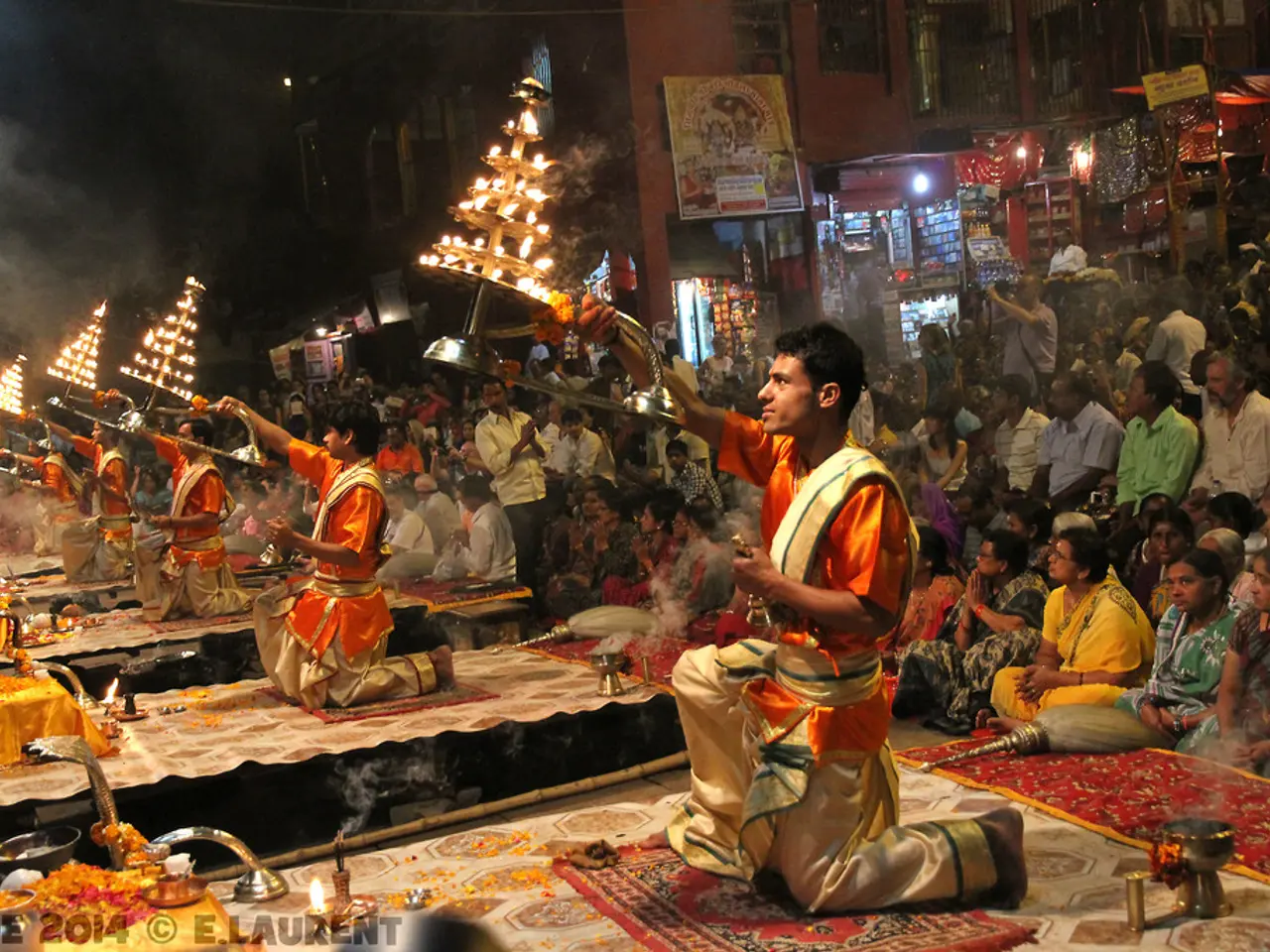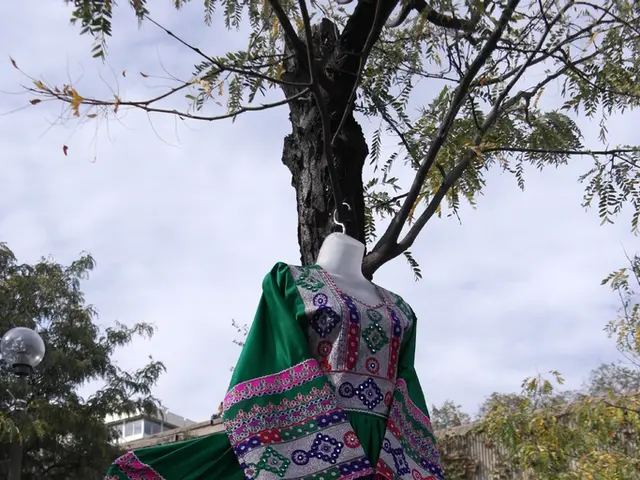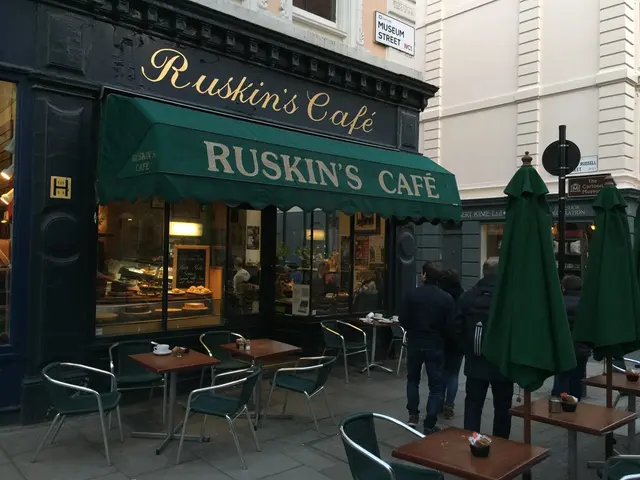The Evolution of Identity Through Customary Attire Across Generations
In today's multicultural world, traditional clothing is making a striking comeback on international fashion stages, symbolising a celebration of diversity and the adaptability of cultural dresses. Contemporary designers are incorporating traditional patterns and techniques into modern fashion, creating a dialogue between the old and the new.
Traditional attire embodies historical, religious, and societal narratives that are passed down through generations. For example, the Tehuana dress in Mexico is a powerful symbol of indigenous heritage and resistance against colonial oppression, representing a reclamation of cultural pride and identity. Similarly, Indian saris can tell a family's lineage or regional origin, while Kimonos from Japan signify a wearer's age, marital status, and season through their colours and designs.
The resurgence of interest in traditional clothing is fueled by a desire to connect with cultural roots and to embrace sustainable fashion practices. Many young people are choosing garments that are crafted using traditional methods and natural materials, contributing to a more sustainable fashion ecosystem. This trend is also observed in Native American beadwork in regalia, which symbolises spiritual beliefs and historical narratives.
Traditional clothing serves as a visible marker of identity, connecting individuals to their cultural roots and communal history. It helps create a sense of unity and oneness, especially for diasporic populations. For instance, Indian traditional attire abroad reinforces cultural identity and pride while promoting cultural understanding internationally.
Beyond individual identity, traditional clothing can be a collective emblem of national or ethnic identity that fosters social cohesion and continuity. The Hanfu revival in China, for example, reinforces the "Great Rejuvenation of the Chinese Nation." Wearing traditional clothing also directly supports artisans, weavers, and craftspeople, thus helping protect and revive traditional arts and crafts often threatened by modern mass production.
Educational institutions and cultural organizations are promoting traditional textiles and craft skills through workshops, exhibitions, and educational programs. This practice helps fortify familial and cultural bonds, allowing young adults and children to actively participate in the maintenance and evolution of their cultural identity.
Traditional clothing plays an essential role in preserving cultural heritage by acting as a custodian of arts and crafts and ensuring that techniques such as embroidery, weaving, and dyeing are passed down through generations. Donning traditional dress during cultural events or family gatherings is like stepping back in time, honouring ancestors and solidifying a continued relationship with heritage.
In conclusion, traditional clothing is a living repository of cultural memory and values. It acts as a medium to celebrate, protect, and transmit heritage while anchoring personal and collective identity within broader social and historical contexts. This dual role is essential not only for cultural survival but also for fostering pride, unity, and resilience among communities worldwide.
- As a repository of historical, religious, and societal narratives, traditional clothing like the Tehuana dress in Mexico, Indian saris, and Kimonos not only pass down family history but also symbolize cultural pride and identity.
- In today's multicultural world, traditional clothing, such as Native American beadwork in regalia, is making a comeback on international fashion stages, creating a dialogue between the old and the new, while embracing sustainable fashion practices.
- Cultural events and exhibitions play a vital role in promoting traditional clothing and preserving cultural heritage, ensuring that techniques such as embroidery, weaving, and dyeing are passed down through generations.
- By fostering pride, unity, and resilience among communities, traditional clothing also contributes to preserving cultural diversity and emphasizing the importance of cultural travel and understanding in today's globalized society.






